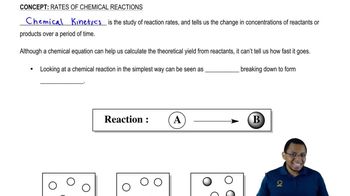Apple slices and peeled potatoes rapidly brown in open air due to the presence of phenolases. Phenolases cause the oxidation of phenolic molecules like tyrosine to quinones, colored molecules responsible for the brown colors seen. An experiment comparing the time it took for a change to occur in the color of apple slices versus potato slices was done to test for phenolase activity. Then, a second experiment was done with new apple and potato slices with H2O2 measuring time until bubbles appeared.
b. Which sample contains more catalase? Why?






